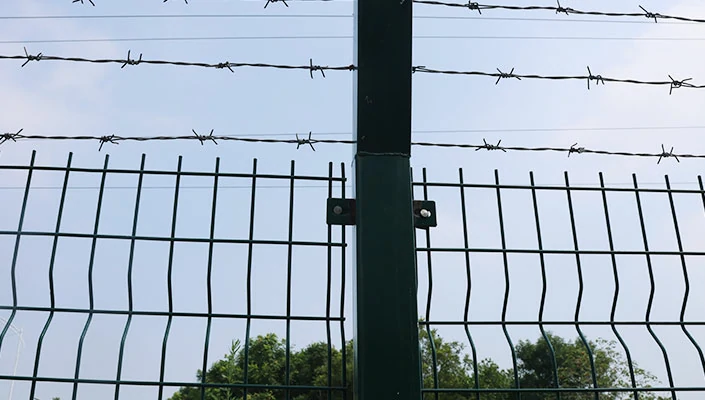framing nails for pressure treated wood
Using Framing Nails for Pressure-Treated Wood
When it comes to construction projects, especially those that involve outdoor structures, selecting the right materials is vital to ensure durability and longevity. One common requirement in such projects is the use of pressure-treated wood, which is specifically designed to resist decay, insects, and harsh weather conditions. However, using the appropriate fasteners, such as framing nails, is equally important. In this article, we'll explore the significance of using framing nails for pressure-treated wood and provide guidance on best practices.
Understanding Pressure-Treated Wood
Pressure-treated wood is infused with chemical preservatives that protect it from rot, termites, and other wood-destroying organisms. This treatment process makes it ideal for outdoor applications like decks, fences, and landscaping. However, the chemicals used in treatment can also have adverse effects on certain types of fasteners. Therefore, understanding the compatibility of framing nails with pressure-treated wood is crucial.
The Importance of Using the Right Fasteners
When choosing fasteners for pressure-treated wood, you must consider the following factors
1. Corrosion Resistance The preservatives in pressure-treated wood can be corrosive to standard steel fasteners. Using framing nails made from galvanized steel or stainless steel is recommended as these materials offer improved resistance to corrosion. Hot-dipped galvanized nails are often preferred as they provide a thicker coating than electro-galvanized nails, ensuring better longevity.
2. Strength and Stability Framing nails are specifically designed for structural applications, providing the strength needed to bear loads and connect different pieces effectively. The high shear strength of framing nails makes them suitable for framing walls or assembling decks, ensuring robust construction that can withstand the test of time.
3. Ease of Installation Framing nails come in various lengths and gauges, allowing builders to select the appropriate size for their projects. Using a pneumatic nail gun can speed up the installation process, making it easier to drive nails into the dense fibers of pressure-treated wood. This efficiency can save both time and labor costs in larger construction projects.
framing nails for pressure treated wood

Best Practices for Installing Framing Nails in Pressure-Treated Wood
To ensure the best results when framing with nails in pressure-treated wood, consider the following best practices
- Pre-drilling While it may not always be necessary, pre-drilling pilot holes can help prevent splitting in pressure-treated wood, particularly if the wood is particularly dense or thick. This is especially important for nails that are being driven into the ends of boards.
- Select the Right Length Choose a nail length that adequately penetrates the material being secured. A nail should ideally penetrate at least 1.5 times the thickness of the wood it is fastening. For instance, if you are joining two 2x4s, use at least 3-inch nails.
- Check for Compatibility Ensure that the nails you select are specifically rated for use with pressure-treated wood. Many manufacturers now label their products to indicate whether they are suitable for this application.
- Follow Local Building Codes Always check and adhere to local building codes and regulations, which may specify the type and diameter of nails to be used for pressure-treated wood in structural applications.
Conclusion
Using the right framing nails for pressure-treated wood is essential for preserving the integrity and longevity of outdoor structures. By selecting corrosion-resistant materials and adhering to best practices, builders can ensure their projects stand the test of time. The combination of quality framing nails and pressure-treated wood creates a solid foundation that can withstand nature's challenges, making outdoor living spaces both beautiful and durable.
-
Space-Saving Chain Fence Hacks Vertical Gardening with Cyclone MeshNewsJul.16,2025
-
Innovations in Iron Nail Wire Production for Modern ConstructionNewsJul.16,2025
-
Creative Uses of Wire Netting Fence in Modern Landscape DesignNewsJul.16,2025
-
Barbed Wire Fence Innovations in Anti-Climb TechnologyNewsJul.16,2025
-
Architectural Uses of Umbrella Nails for Aesthetic Roof DesignsNewsJul.16,2025
-
Architectural Uses of Razor Barbed Wire in Secure Urban DesignNewsJul.16,2025




